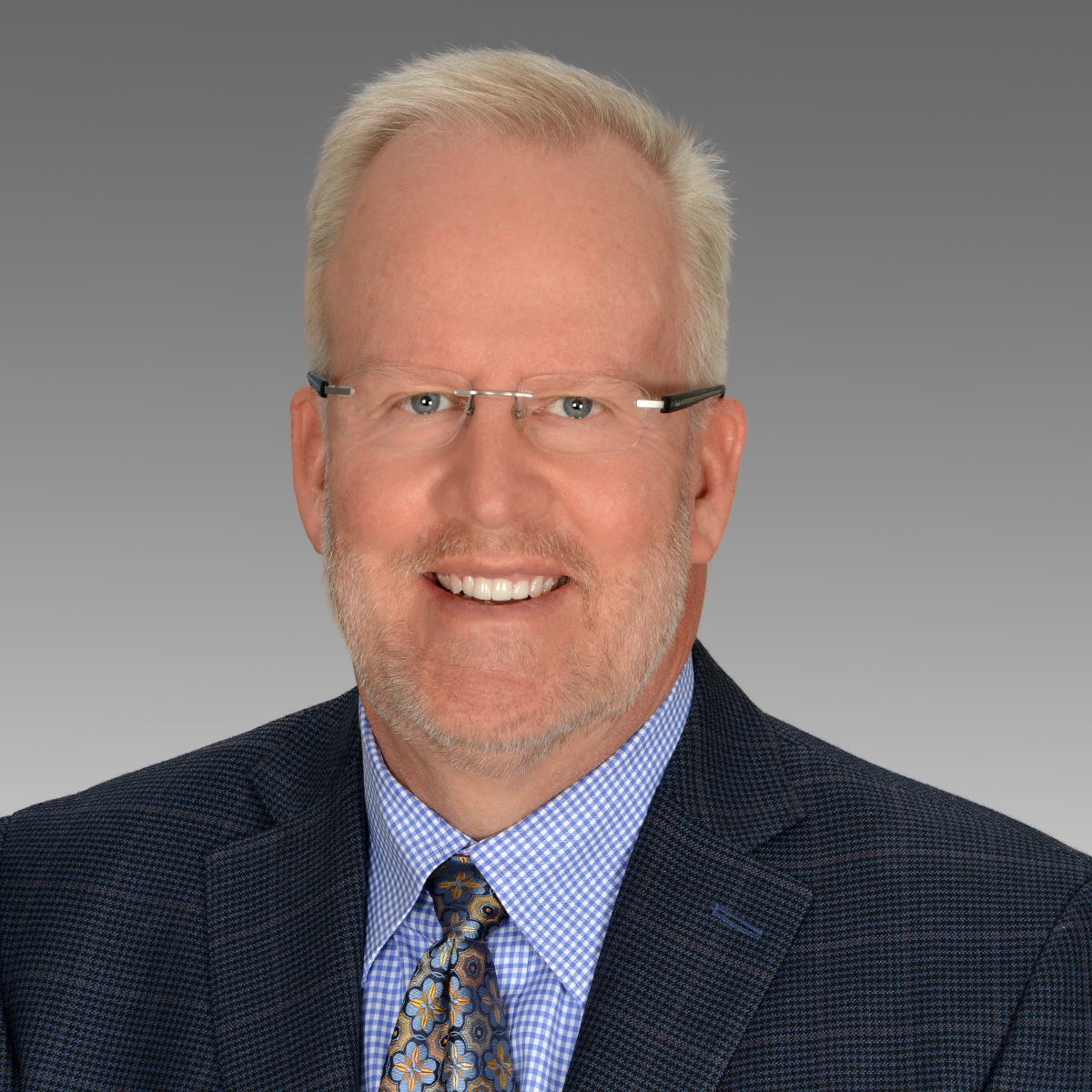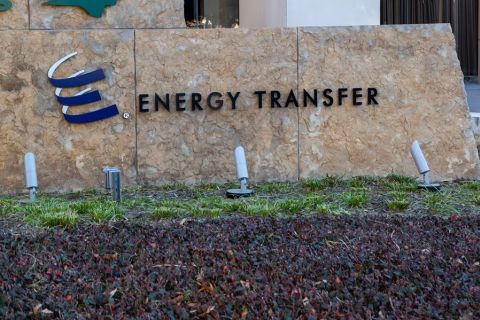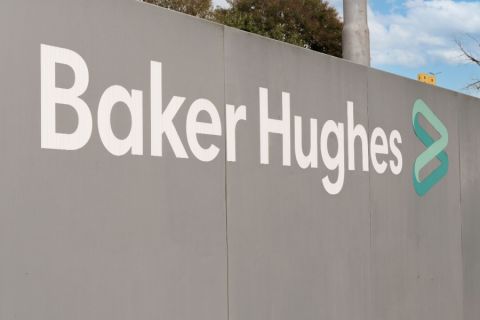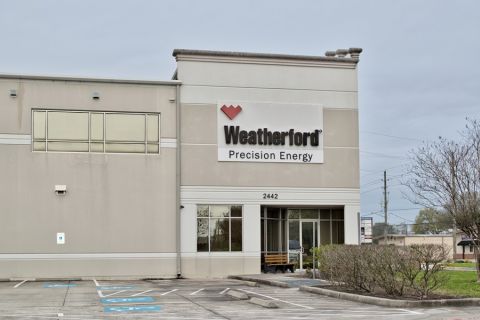It pays to not listen to the experts, those wielders of a comprehensive and authoritative knowledge of or skill in a particular area, sometimes. As we know all too well, the speed with which technology advances whiz by can make maintaining that authoritative knowledge difficult.
Had Todd Dutton and Dallas-based Longfellow Energy listened to the experts that had proclaimed in a 1973 AAPG paper that “at least 90% of the recoverable primary oil has been produced from the Sooner Trend,” they’d be working elsewhere.
Instead, the privately held operator is finding success with its Nemaha Project located in the eastern and northeastern portion of that very trend, now widely known for putting the “S” and the “T” in the larger Stack play.
“It’s a good thing that I didn’t listen to what the experts were saying about the future oil recovery in the Sooner Trend fields,” he told attendees at Hart Energy’s recent DUG Midcontinent Conference in Oklahoma City. “Just shows how much the thinking and [understanding of] the geology and unconventional resources has changed.”
 Dutton, president of the company, shared how the company has increased its understanding of the geology of the Updip Oil Leg of the Osage Reservoir.
Dutton, president of the company, shared how the company has increased its understanding of the geology of the Updip Oil Leg of the Osage Reservoir.
The project is located along the Nemaha Fault in Garfield and Kingfisher counties and is spread out over more than 81,000 gross acres, covering 128 contiguous governmental sections, according to Dutton.
Wedged in between the Woodford and Meramec shales, the low gas-oil ratio (GOR) of the Osage offers Longfellow the ability to “stack a lot of wells” in the section where it is working.
“The Woodford is the source of the oil, and Osage sits right on top of that,” he said. “That means that all the oil that’s in the Meramec had to pass through the Osage [from the Woodford] to get to the Meramec.”
Dutton added that oil saturation occurs over the whole Osage section with gas in solution; there is no free gas in the rock matrix.
“The important point here is that the low clay content of Osage means that it is much more brittle than the Meramec and has a central vertical natural fracture,” he said. “This causes a lot higher leak-off during your fracture treatment.”
The company’s generation-three completions design used with its 2017 wells builds on the data and lessons learned in the early days of the project.
“Our drilling in 2012 [and] 2015 resulted in a lot of data that we were able to analyze during 2016,” Dutton said. “We were able to see what our frack treatments were doing, to see what we’re doing right and what we’re doing wrong. From that we were able to develop our generation-three frack design that we used in the drilling of our 2017 wells.”
For its 2017 operated and completed wells Longfellow is seeing lower GORs.
“At 70 days the GOR from our 2017 drilling is about 25% of what it was from the same period of time on our earlier 10 best wells from 2012-2015,” he said.
According to Dutton, the data collected from the company’s efforts in the Osage demonstrate that it is a solid oil resource.
“The Updip Oil Leg of the Osage is a great place to drill oil wells,” he said. “We get more oil with less gas, and we believe that we’ve just only begun the oil recovery evolution that will make estimated recoveries and economics better in the future.”
Recommended Reading
Talos Energy Expands Leadership Team After $1.29B QuarterNorth Deal
2024-04-25 - Talos Energy President and CEO Tim Duncan said the company has expanded its leadership team as the company integrates its QuarterNorth Energy acquisition.
Energy Transfer Ups Quarterly Cash Distribution
2024-04-25 - Energy Transfer will increase its dividend by about 3%.
ProPetro Ups Share Repurchases by $100MM
2024-04-25 - ProPetro Holding Corp. is increasing its share repurchase program to a total of $200 million of common shares.
Baker Hughes Hikes Quarterly Dividend
2024-04-25 - Baker Hughes Co. increased its quarterly dividend by 11% year-over-year.
Weatherford M&A Efforts Focused on Integration, Not Scale
2024-04-25 - Services company Weatherford International executives are focused on making deals that, regardless of size or scale, can be integrated into the business, President and CEO Girish Saligram said.





